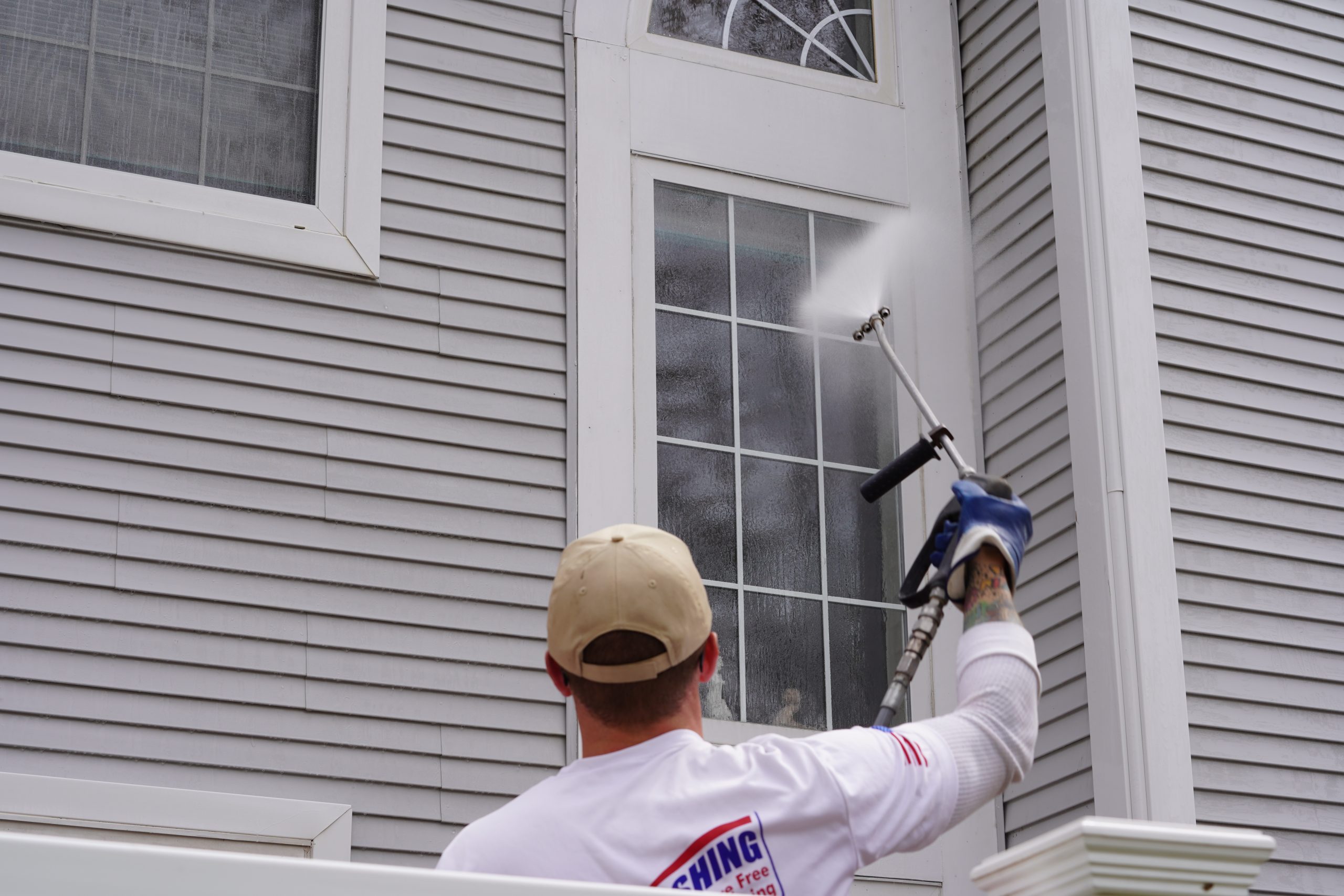
Maintaining a property involves more than interior upkeep and occasional repairs. One critical yet often neglected component of property care is the building’s exterior. Over time, exposure to the elements can lead to significant structural issues if not properly addressed. Regular building washing plays a key role in preventing these problems by removing harmful contaminants and preserving the integrity of exterior materials. For property owners and managers, this is not just an aesthetic concern—it’s a long-term investment in the health of the building.
The Hidden Dangers on Exterior Surfaces
Buildings are constantly exposed to environmental elements such as rain, wind, dust, pollution, bird droppings, mold, algae, and mildew. These substances might appear harmless at first, but they can cause serious structural damage over time. Moisture-retaining organisms like mold and algae can infiltrate building materials, weakening wood, concrete, and even some types of brick. Additionally, dirt and grime buildup can hide early signs of wear, delaying necessary repairs.
By using building washing services, property owners can remove these contaminants before they take root and cause irreversible harm. Regular cleaning acts as a first line of defense against the slow but steady damage caused by nature and urban pollutants.
Protecting Siding and Building Materials
Different building materials respond differently to environmental stressors, but all require some level of protection. Wood siding, for instance, is highly susceptible to moisture, which can lead to rotting and warping. Brick and mortar can erode or crack when constantly exposed to water and organic growth. Even vinyl siding, while durable, can develop mold and stains that degrade its appearance and longevity.
Regular building washing helps eliminate the moisture-trapping substances that lead to these issues. It prevents the deterioration of paint, reduces staining, and extends the life of cladding and siding materials. This type of preventative maintenance keeps small issues from becoming large structural concerns.
Preventing Water Damage
Water is one of the leading causes of structural problems in buildings. Mold, mildew, and algae often trap moisture against surfaces, allowing it to seep into cracks and porous materials. In colder climates, this trapped moisture can freeze and expand, causing materials to crack and split—a process known as freeze-thaw cycling.
Regular washing ensures that surfaces stay clean and dry, minimizing opportunities for water intrusion. Gutters and downspouts also function better when surrounding areas are clean and clear of debris, which helps redirect water away from the foundation and structural components.
Improving Inspection and Maintenance Visibility
A dirty building can mask developing problems. Grime, mold, and other buildup can obscure cracks, corrosion, or signs of wear. By keeping surfaces clean, building washing allows maintenance professionals and property owners to better inspect the property for damage and take early corrective action.
This visibility is crucial for spotting structural vulnerabilities before they escalate. Identifying issues such as cracks in the foundation, damaged caulking, or eroding joints early can prevent extensive and costly repairs down the line.
Conclusion
While the benefits of building washing may seem purely cosmetic at first glance, they go far deeper. Professional building washing services play a crucial role in protecting your property from environmental damage, moisture retention, and hidden structural issues. Regular maintenance ensures your building stays strong, safe, and sound for years to come—an essential step for any property owner serious about long-term preservation.